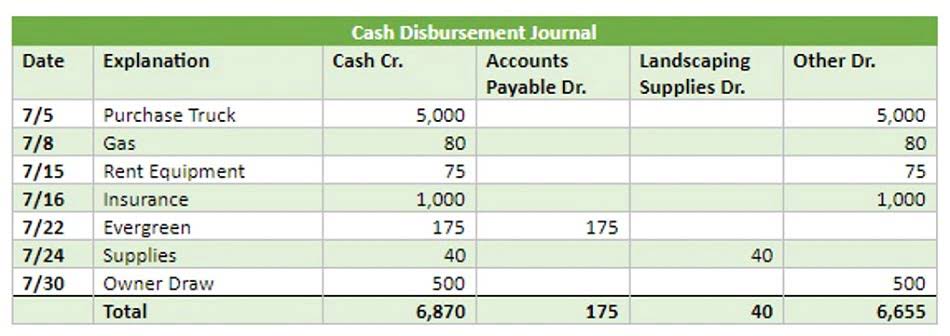How to Calculate Predetermined Overhead Rate?

The predetermined overhead rate formula is a fundamental tool in managerial accounting, enabling businesses to allocate indirect costs accurately. By understanding and applying this formula, companies can gain deeper insights into their production costs, make more informed decisions, and ultimately enhance their financial performance. However, it is essential to approach this formula with a critical eye, regularly reviewing and adjusting the estimated overhead costs and allocation base to ensure its continued relevance and accuracy. A predetermined overhead rate is calculated at the start of the accounting period by dividing the estimated manufacturing overhead by the estimated activity base. The predetermined overhead rate is then applied to production to facilitate determining a predetermined overhead rate standard cost for a product.
- The use of predetermined overheads effectively incorporates the cost effects of seasonal variations in the product cost and price.
- It’s a completely estimated amount that changes with the change in the level of activity.
- Similarly, as mentioned above some businesses may use it as a monitoring and control tool.
- Different allocation bases may yield different rates, making it crucial for businesses to select the most appropriate base based on their specific circumstances.
- Setting overhead budgets and benchmarks for each department also helps control spending.
Estimate budgeted overheads

If you pick an allocation base that doesn’t actually correlate with how overhead costs are incurred, your product costs will be distorted. For example, if you use direct labor hours but most of your overhead costs relate to running machines, you’ll miscalculate. Therefore, the one with the lower shall be awarded the auction winner since this project would involve more overheads.
What if you don’t have all the information you need to calculate your predetermined overhead rate?

Understanding your company’s finances is an essential part of running a successful business. That’s why it’s important to get to know all of the different terminology relating to accounting, and how these financial metrics can be used to assess the financial health of your business. As the name implies, these overhead rates take into account the entire plant and not a particular segment or department. The plantwide overhead rate might not help obtain exact figures, but the estimates are efficient enough for better planning. During that same month, the company logs 30,000 machine hours to produce their goods. It’s a simple step where budgeted/estimated cost is divided with the level of activity calculated in the third stage.

Calculation Process:
- The overhead rate for the packaging department is calculated by taking the estimated manufacturing overhead cost and dividing it by the estimated direct labor cost.
- Examples can include labor hours incurred, labor costs paid, amounts of materials used in production, units produced, or any other activity that has a cause-and-effect relationship with incurred costs.
- We’ll outline the basic formulas used to calculate different types of overhead rates and provide overhead cost examples.
- Understanding how to calculate this rate ensures accurate cost estimation, leading to better decision-making and profitability.
- The allocation base is the unit of activity that serves as the denominator in the predetermined overhead rate formula.
- (a) We commonly use direct labor hour as the basis when there is a labor intensive environment in a manufacturing company or factory.
- A predetermined overhead rate is calculated before the start of an accounting period.
The activity base is typically measured in direct labor hours, direct labor costs, or machine hours, depending on the nature of the business. Calculating predetermined overhead rates involves estimating total overhead Accounts Payable Management costs and selecting an appropriate allocation base. The company’s budget shows an estimated manufacturing overhead cost of $16,000 for the forthcoming year. As you have learned, the overhead needs to be allocated to the manufactured product in a systematic and rational manner.
In some industries, the company has no control normal balance over the costs it must pay, like tire disposal fees. To ensure that the company is profitable, an additional cost is added and the price is modified as necessary. In this example, the guarantee offered by Discount Tire does not include the disposal fee in overhead and increases that fee as necessary. It’s a completely estimated amount that changes with the change in the level of activity. Carefully tracking overhead expenses is key for small businesses to optimize costs.
- For example, the costs of heating and cooling a factory in Illinois will be highest in the winter and summer months and lowest in the spring and fall.
- In fact, as your business grows more complex, using departmental overhead rates often gives you more accurate product costing.
- In order to find the overhead rate we will use the same basis that we have chosen by multiplying this basis by the calculated rate.
- At the end of the accounting period the applied overhead is compared to the actual overhead and any difference is posted to the cost of goods sold or, if significant, to work in process.
- The following equation is used to calculate the predetermined overhead rate.
- If you then find out later that in fact the actual amount that should have been assigned is $36,000 dollars, then the $4000 dollar difference should be charged to the cost of goods sold.
- Instead of using the numbers of units to be produced, the business may also choose another activity base such as labor hours or machine hours that are needed to meet the estimated level of activity.